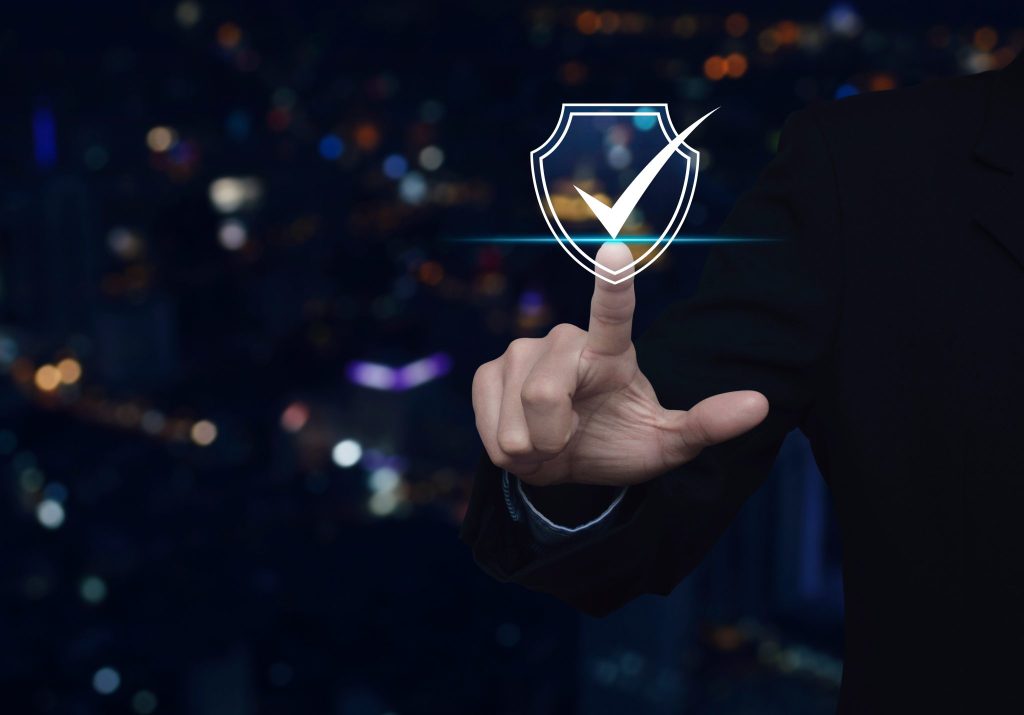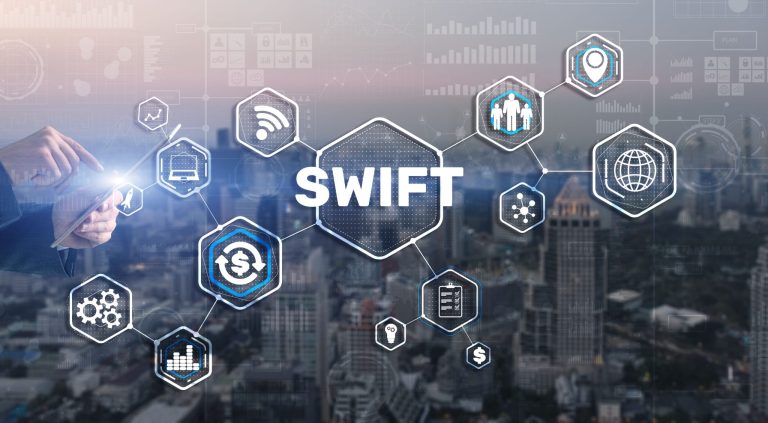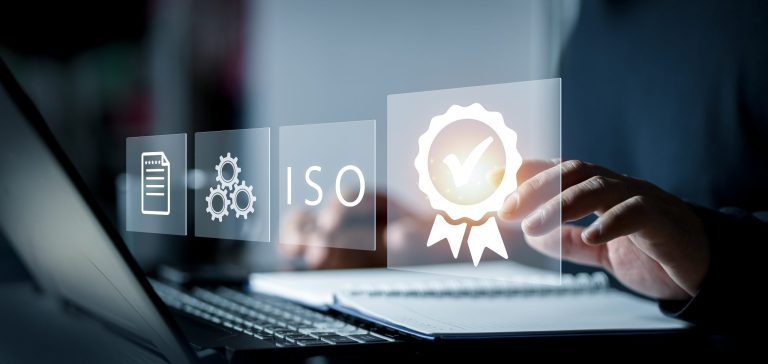Security auditing is a systematic examination of an organisation’s information systems, processes, and policies to assess their security strengths, weaknesses, and overall effectiveness in safeguarding data and assets from potential threats.
The IT landscape of your organisation – and therefore its cyber attack surface – can change dramatically within a short period of time, for instance, when you add new hardware, software or office locations.
For this reason, regular information security audits are an essential tool to ensure that your cyber defenses remain fit for purpose.
Our approach is holistic, aiming to cover various aspects of cyber security auditing and providing actionable insights to enhance an organisation’s security posture. The goal is to assist in creating a robust defense against potential cyber threats while aligning with industry standards and regulations.
Whether you require a cloud security assessment, a build or a code review, our expert team can help.
We produce a comprehensive audit report with an executive summary and vulnerabilities listed in order of risk, with our remediation recommendations.
Our approach is holistic, aiming to cover various aspects of cybersecurity auditing and providing actionable insights to enhance an organisation’s security posture. The goal is to assist in creating a robust defense against potential cyber threats while aligning with industry standards and regulations.
Each cloud service has its own terminology and configurations, requiring a number of specific security checks – but overall, the audit process is similar.
Dionach will identify information assets such as instances, storage, identity management (Active Directory, IAM), databases, key vaults, and then carry out a comprehensive range of checks.
Our auditing team carries out build reviews of standard operating system builds, either servers or endpoint, such as Windows 10, Windows Server, Linux servers or Mac OSX.
Build reviews are based on the appropriate standards such as the specific CIS Benchmark or the specific NCSC End-User Device Security Guidance.
We carry out a full range of checks on a server VM or endpoint build that you provide.
Our consultants provide security reviews of the application code. We generally follow the OWASP code review guide. First, we determine the threats and context of the application and then we carry out a code review by sampling different areas of code to determine the effectiveness of a range of controls. The code review will involve both static analysis and manual review to identify potential vulnerabilities.
If required, we will review the code to determine compliance with the supplied or best practice coding standards, to ensure that the code can be maintained and supported.


We deliver the whole spectrum of cyber security services, from long-term, enterprise wide strategy and implementation projects to single penetration tests.


Our team works with you to identify and assess your organisation’s vulnerabilities, define enterprise-wide goals, and advise how best to achieve them.
Our recommendations are clear, concise, pragmatic and tailored to your organisation.



Independent, unbiased, personalised – this is how we define our services. We guide you to spend wisely and invest in change efficiently.





Our recommendations are clear, concise, pragmatic and tailored to your organisation.


Independent, unbiased, personalised – this is how we define our services. We guide you to spend wisely and invest in change efficiently.


